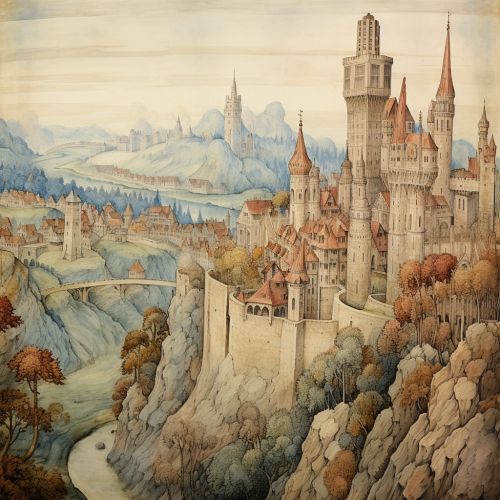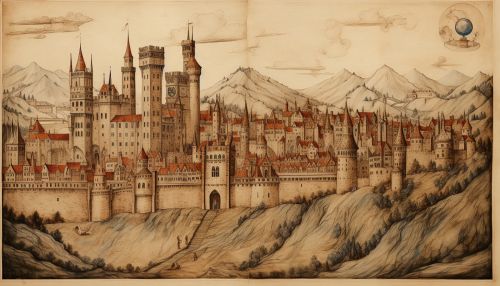History of Cartography
Introduction
The history of cartography involves the study of map-making (cartography) and how it has evolved over centuries. Cartography is an ancient discipline that dates back to prehistoric times. The history of cartography is marked by a constant process of evolution and refinement, driven by technological advancements and the need for more accurate representations of the earth's surface.
Prehistoric and Ancient Cartography
The earliest known maps are of the heavens, not the earth. Dots dating to 16,500 BC found on the walls of the Lascaux caves map out part of the night sky, including the three bright stars Vega, Deneb, and Altair (the Summer Triangle), as well as the Pleiades star cluster. The cave paintings and other indigenous art pieces might also represent landscape features.
The ancient Greeks and Romans considerably advanced the science of cartography. They were the first to use mathematical principles to construct their maps. The Greeks, in particular, had understood that the earth was spherical and had calculated its circumference with remarkable accuracy.
Medieval Cartography
During the Middle Ages, European maps were dominated by religious views. The world was commonly depicted as a disk, a format known as a T and O map. These maps, simplistic as they were, conveyed the medieval worldview of the earth's physical layout and the placement of continents and water bodies.
Islamic cartographers made significant contributions to cartography, developing sophisticated techniques for creating highly accurate maps. The work of Muhammad al-Idrisi in the 12th century represents a high point of Islamic cartography.
Age of Discovery
The Age of Discovery, from the 15th to the 17th century, is a crucial period in the history of cartography. During this time, explorers from Europe set out to discover new lands, necessitating the creation of accurate and detailed maps. This period saw the development of new techniques and the production of some of the most beautiful and technically advanced maps in history.
Modern Cartography
The 19th and 20th centuries saw an explosion in the technology available to cartographers. From the development of photography, which allowed for the creation of aerial maps, to the advent of computers, which led to the creation of digital maps and Geographic Information Systems (GIS), the field of cartography has been continually evolving.
Conclusion
The history of cartography is a fascinating journey through time, reflecting not only the physical growth of our understanding of the world but also the philosophical and cultural changes that have shaped human history.
See Also


